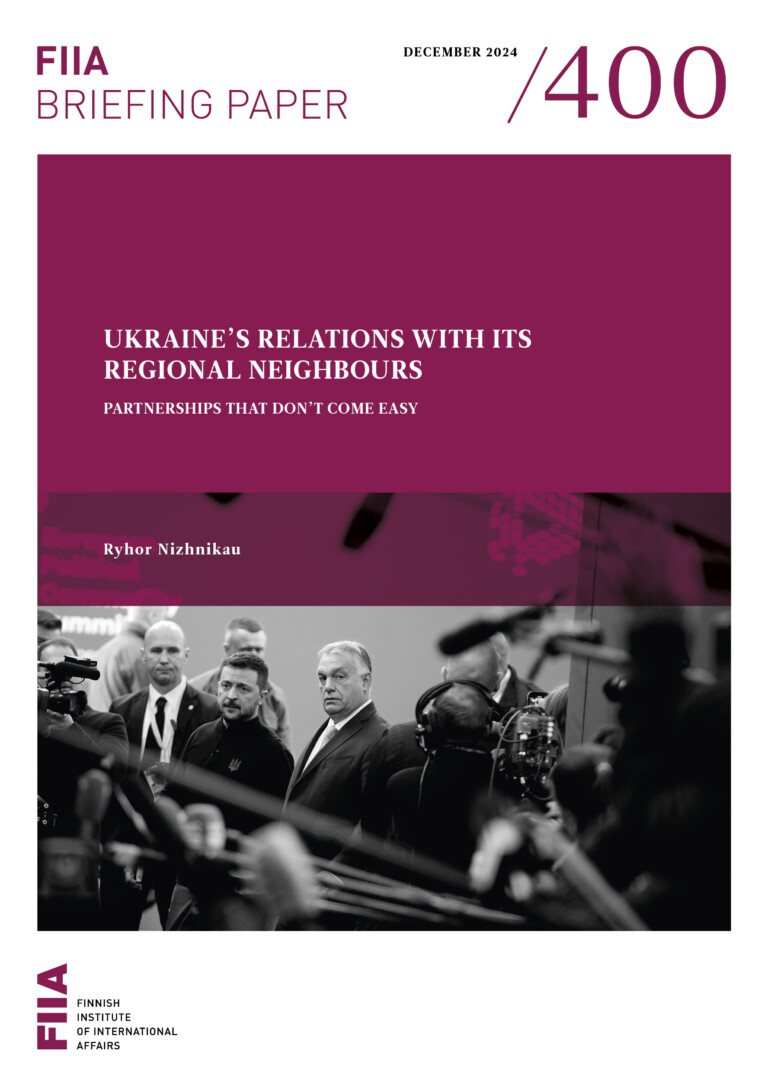The EU eastward 2004 enlargement and the consequent entry of new EU member states into the Schengen area in December 2007 resulted in a considerable increase in visa fees and complications concerning visa procedures for applicants. This ushered in a sharp decrease in the number of issued visas, especially in Ukraine, Belarus and the Kaliningrad oblast (Russia). As a result, the Local Border Traffic (LBT) Regulation appeared to be a timely legal tool for the eastern EU member states to mitigate the negative effects of their accession to the Schengen area and to keep the borders ajar for legitimate border-crossing for family, cultural, social and economic reasons.
The 2006 EU Regulation makes it possible for the EU countries and Schengen non-EU members to conclude agreements with neighbouring third states on a visa-free land border-crossing regime for border residents (30-50 km zone on both sides of the border). As of early 2014, out of the 14 border sections at the EU’s eastern borders, namely the borders with Russia, Belarus, Ukraine, and Moldova, 8 are covered by an operational LBT regime.
Since the adoption of the LBT Regulation, about 600,000 local border traffic permits have been issued, which allowed for many millions of border-crossings and stays in the adjacent border areas without visas. The impact of the LBTRs is multidimensional, with various effects on the mobility of the border population, and the economic and social development of the borderlands. The aim of this report is to provide a comprehensive analysis of the functioning and potential LBT regimes on the European Union’s and Norway’s eastern borders.





